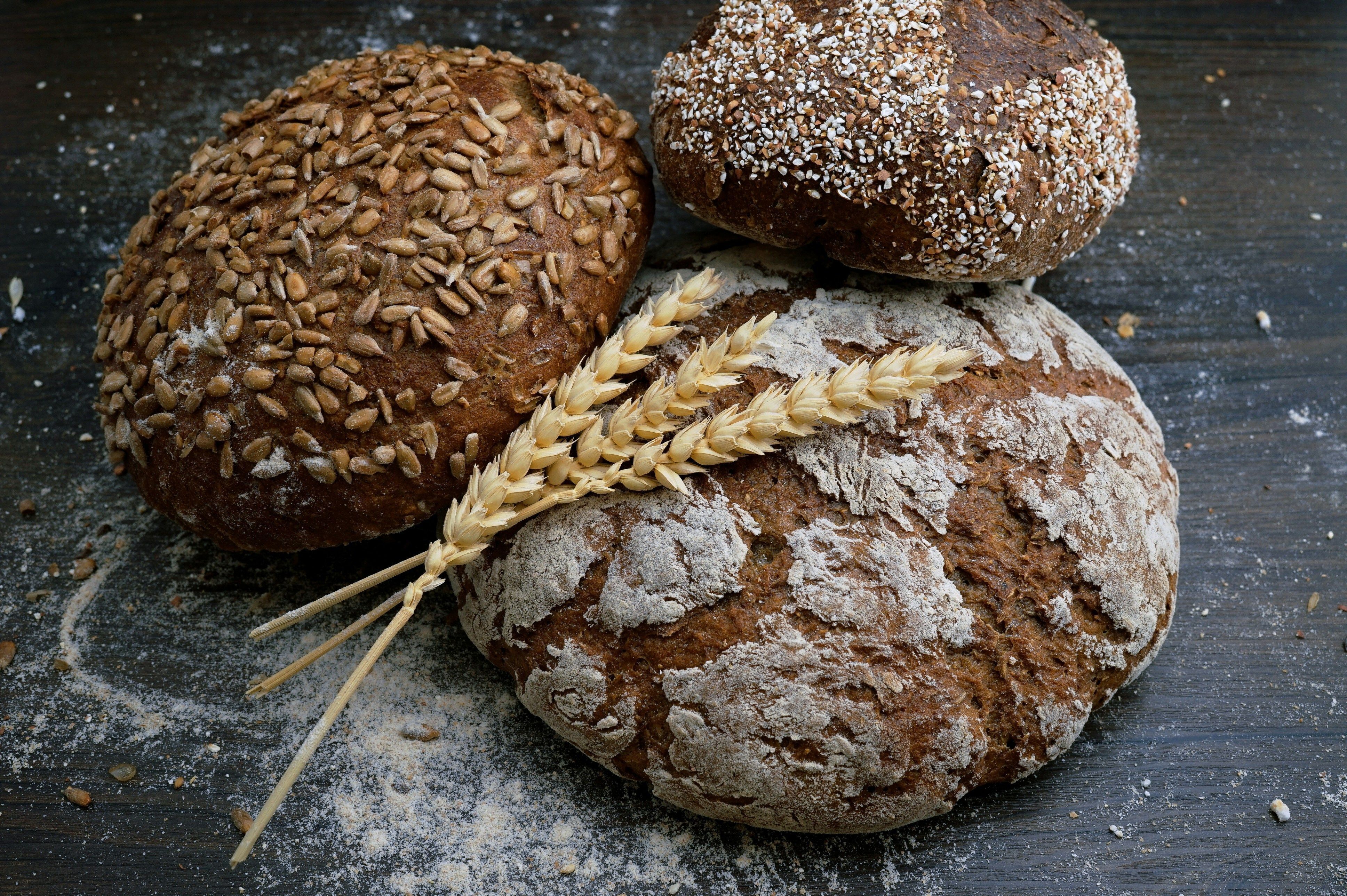
In many Eastern European countries, it’s a tradition to have a basket of food blessed on Holy Saturday. This Catholic ritual has been cherished for centuries among many families. It has now been adopted by people of all ethnic backgrounds who enjoy this richly symbolic custom.
The roots of this tradition date back to the early 12th century history of Poland, and is now observed by expatriates and their descendent Poles in the U.S., Canada and the United Kingdom, and other Polish parish communities. However, Eastern Roman Catholics and Orthodox Christians, including Czechs, Croatians, Hungarians, Lithuanians, Russians, Slovaks and Ukrainians, also participate in this holy ritual.
What goes into a food basket depends on the region one is from and the family’s preferences. Years ago in rural villages, it was a mark of one’s wealth if a groaning basket of special, savory foods was presented to be blessed. However, these types of extravagant displays are less common, and just a sample of many foods with symbolic meaning now line the baskets. Instead of hams, some Croatians and Slovenes place a lamb in their basket, and western Slovaks might place a veal loaf or a yeast bread made with veal in their baskets. In wine-making regions like Hungary and others, bottles of superior vintage go into the basket, and others add green vegetables. Balkan countries like Serbia, Bosnia, Bulgaria and some others exchange eggs on Easter morning rather than have a basket of blessed food.
Since Roman Catholics and Orthodox Christians fast during Lent, none of the blessed food is eaten until after Mass on Easter Sunday. This then becomes the traditional Easter breakfast. Generally, each member of the family eats a sample of everything in the basket.
The blessing of the food is a festive occasion. People take special pride in preparing a decorative and tasteful basket with crisp linens, possibly embroidered for the occasion, both lining the basket and covering the food which symbolizes the covering of Christ’s burial shroud. These covers are usually passed down from generation to generation. The basket could also be decorated with colorful ribbons and greenery, pussy-willows or dried flowers to symbolize spring, renewal and the Resurrection.
The creativity of the parishioners brings a special joy to this event. Children are eager to help prepare and decorate the family basket and proudly carry it into the church. Some families with small children carry their own decorated basket filled with fruits, a chocolate bunny or some other treats. In some parishes, baskets are lined up on long tables; in others, parishioners process to the front of the altar carrying their baskets or line the aisle next to the family who brought the basket to church.
While tastes vary by region and family, the basket usually contains smoked meats, sausage, butter, cheese, bread, salt and decorated, colored pysanky eggs. A white candle symbolizing Jesus, the light of the world, is placed in the basket so it can be lit during the blessing. Another local tradition is to tie two nails together in the form of a cross and place them in the basket.
The foods that have a place of honor on the festive Easter table are the decorated hard boiled eggs, which are broken and shared by all, and a lamb molded of butter or pastry, representing Christ as the “Lamb of God.” Butter may also be placed into a glass container with cloves in the form of a cross studding the top.
Basket Contents and Symbolism
- Eggs – Decorated Ukrainian pysanky or various dyed or plain white eggs; symbolizing hope, new life and Christ’s Resurrection from the tomb
- Butter – Dairy products are included to celebrate the end of Lent and the richness of our salvation; reminds us of the goodness of Christ that we should have toward all things
- Easter Bread – A round loaf, sweetened yeast Paska or rye, topped with a cross, symbolic of Jesus, the Bread of Life
- Horseradish – Symbolic of the bitterness and harshness of the Passion of Christ; the vinegar it is mixed with symbolizing the sour wine given to Jesus on the cross but sweetened with some sugar because of the Resurrection. This may be white or pink with grated red beets
- Pepper – Also symbolic of the Passion of Christ and the bitter herbs
- Kielbassa/Sausage – The links are symbolic of the chains of death that were broken when Jesus rose from the dead, as well as God’s favor and generosity
- Ham, Lamb or Veal – Meats are symbolic of great joy and abundance in Christ’s Resurrection
- Smoked Bacon – With its great fattiness, it is a symbol of the overabundance of God’s mercy and generosity
- Salt – A necessary element in our physical life; symbolic of purification, prosperity and justice; preserves us from corruption. Jesus used its symbolism: “You are the salt of the earth”
- Cheese – Usually fresh, dry curd or farmer’s cheese shaped into a ball, it is the symbol of the moderation Christians should practice
- Holy Water – Used to bless the home, animals, fields and used in various rituals throughout the year
- Sweets – Fruits, candy, poppy seed and nut rolls, pastry items; promise of eternal life or good things to come
The food included within any basket can be easily personalized to meet family needs and desires. However, the three-part blessing specifically addresses special prayers for the meats, eggs, cakes and breads.
(Kenn Splitt is a member of Holy Angels Parish in Kulpmont, and provided this compilation of information for publication in The Catholic Witness.)
By Kenn Splitt, Special to The Witness
Click here to read this on Catholic Witness
Check your parish bulletin to see if there is an easter basket blessing at your parish Holy Saturday.

